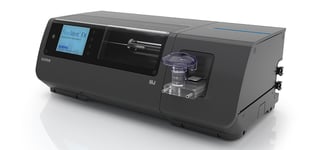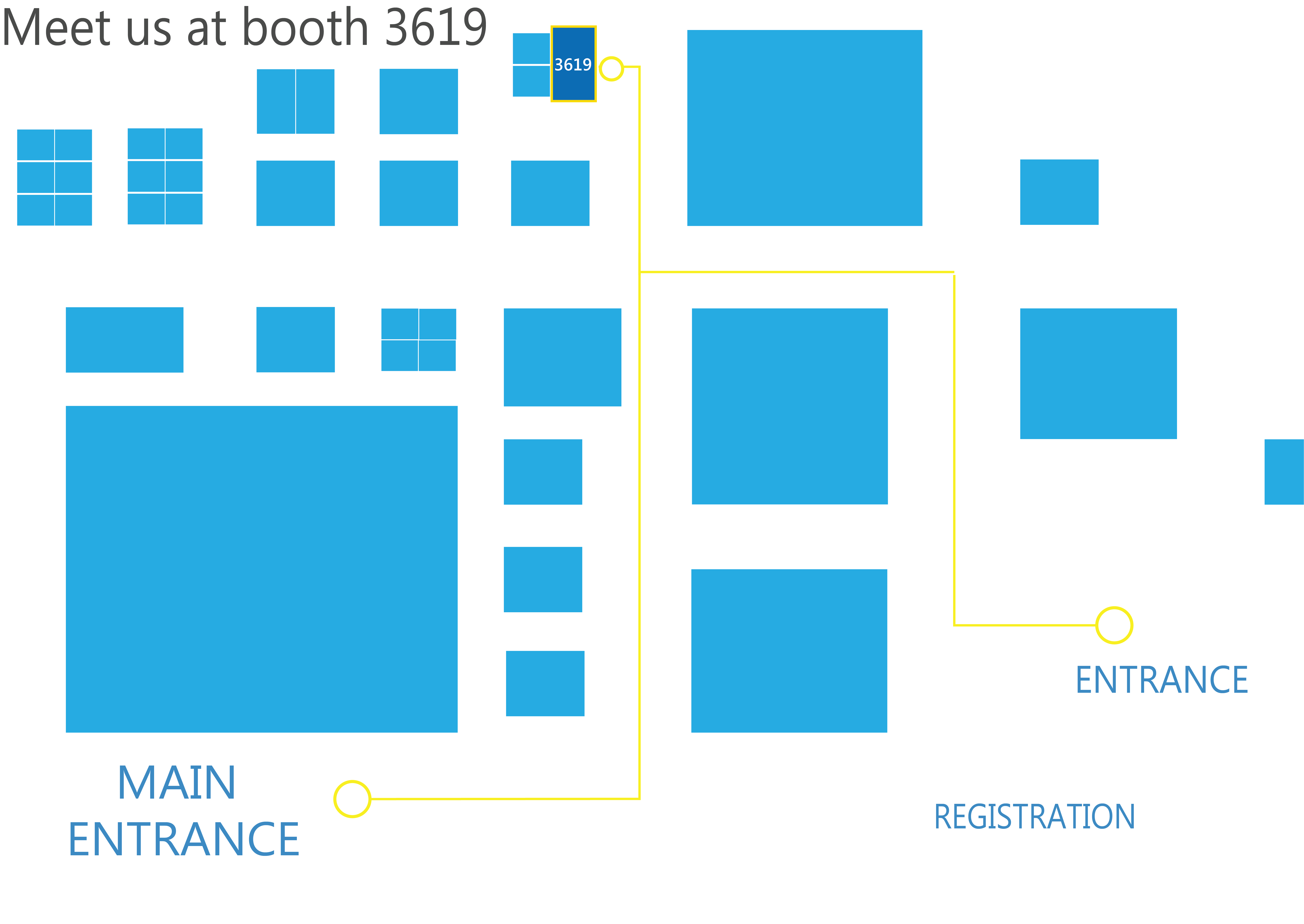
Neonate preclinical research targets a range of issues from spontaneously developed disorders to early life exposure and sensitization.
Why the flexiVent is best suited for neonate research?
Measuring early lung development in small animals can be challenging. Without detailed respiratory mechanics many changes in the lungs cannot be captured in vivo, even in severe diseases. The flexiVent measures detailed respiratory mechanics such as changes in the tissue properties and can be used on neonate subjects with a weight as low as 3 grams. Additionally, with an integrated nebulizer it is possible to run a methacholine dose response, critical in evaluating the respiratory health.
Lung Development
Study how lungs develop and how diseases impede the proper development such as:
Bronchopulmonary Dysplasia (BPD)
Congenital Diaphragmatic Hernia (CDH)
In Utero Exposure
Exposure pregnant dams and study susceptibility of the fetus and pups such as:
Cigarette Smoke
Allergens
Disease Effects
Exposure lungs to various diseases and study their impact on early life such as:
Respiratory Syncytial Virus (RSV)
Asthma
Learn from Experts!
Members of the Morty Laboratory at Max Planck Institute in Bad Nauheim, Germany will present their current work at SCIREQ's breakfast event during ATS 2019.
Listen how they successfully integrate the flexiVent & Whole Body Plethysmography into their neonate research to measure lung mechanics in BPD pups.
flexiVent Poster
inExpose Poster
Plethysmography Poster
- A2238 / P382 - Towards Reproducible Whole Body Plethysmography Outcomes in Mice by SCIREQ and Université Laval
- A5485 / P789 - Breathing Patterns in a Mouse Model of Bronchopulmonary Dysplasia Assessed by Unrestrained Whole-Body Plethysmography by SCIREQ event invited speakers from Max Planck Institute




